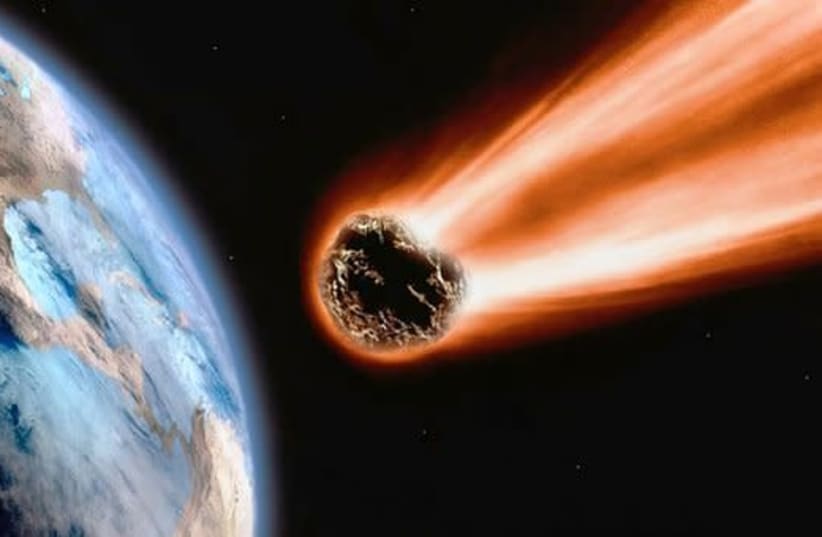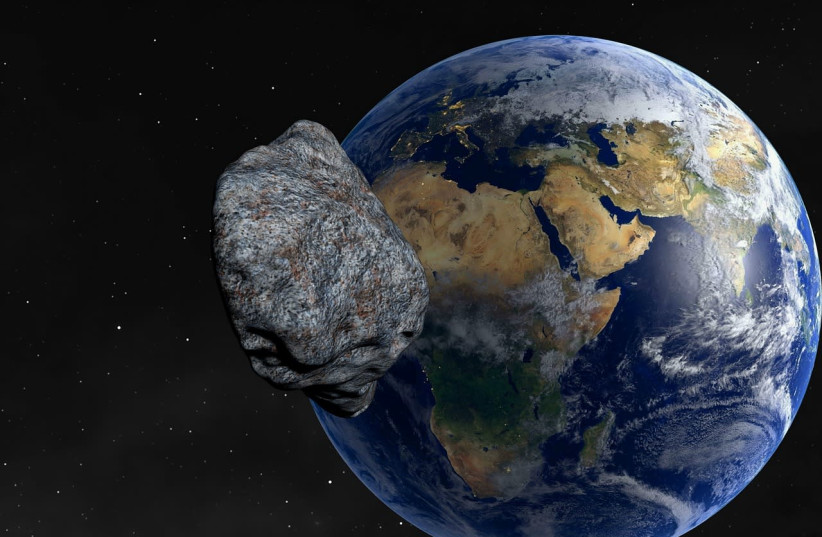A large asteroid over twice the size of New York's Empire State Building is set to fly past the Earth in early September.
Known as 2010 RJ53, the asteroid has a diameter of approximately 774 meters (2,539.37 feet), and is set to fly past the planet on September 9, according to the NASA Jet Propulsion Laboratory's asteroid database browser.
The asteroid will pass by approximately 366,000 kilometers away from the planet. This means it will fly closer to the Earth than the Moon, which is located 384,400 kilometers away from the planet.
Though not as big, another asteroid is set to fly close to the planet even sooner. On Sunday, the asteroid 2021 PT will pass by the Earth at a distance of approximately 4.9 million kilometers. While not as large as 2010 RJ53, 2021 PT still stands at around 137 meters in diameter, making it larger than an American football field, and taller than the Statue of Liberty.
Despite the close distance, it doesn't seem likely that 2010 RJ53, or 2021 PT, will impact the Earth, as NASA had already declared the planet free of any risk of an asteroid impact for the next century.
Asteroids frequently fly by the Earth, with a large asteroid comparable in size to the Great Pyramid of Giza in Egypt having passed by on July 25 and another the size of the US Pentagon having passed by in late August.
However, there is still the potential for danger, as gravitational tugs have the potential for changing an object's path.The danger of an asteroid impact remains among the worst possible natural disasters that could happen to the planet, as mankind does not have much in the way of combating them.
It is for this reason that astronomers around the world, including at NASA's Planetary Defense Coordination Office, work to monitor all nearby asteroids and calculate their trajectory to see if any of them pose a threat to the planet.
This is done through the use of special "asteroid hunter" telescopes, but some projects, like the Double Asteroid Redirection Test (DART) Mission launched by the PDCO and John Hopkins University, seek to find ways of defending against asteroids themselves.

